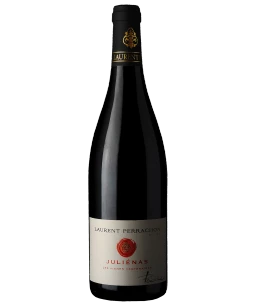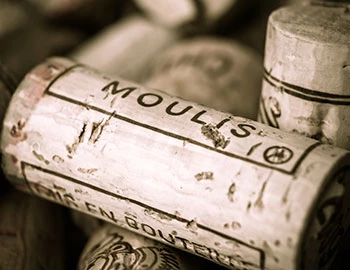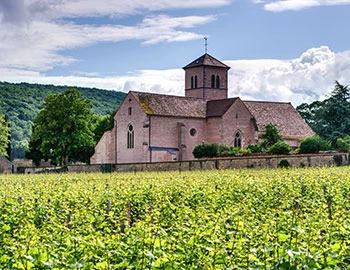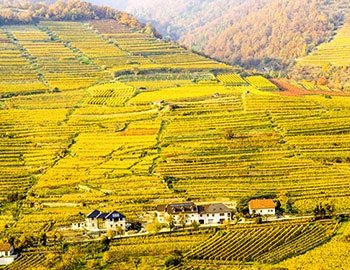Beaujolais
Beaujolais: the lightness of being
Though it always features an alcohol content of between 12.5 and 13.5 percent by volume, Beaujolais, a varietal Gamay, is considered a light wine. With its fruity vibrancy, it is a sociable wine that harmonizes exquisitely with simple and classic cuisine. The southern part, Bas Beaujolais, produces simple, highly drinkable wines, while the crus from the northern Haut Beaujolais – which ripen on weathered granite – demonstrate substantially greater individual expression.
Red wines from Beaujolais
Legally, Beaujolais belongs to Burgundy. But because it has an entirely different terroir, and because Gamay dominates as the leading variety, it is perceived as a completely independent wine region. A good Beaujolais impresses with its aromas of raspberries and peonies, backed by floral and spicy notes, while presenting itself on the palate softly yet animatedly. The region of origin, comprising roughly 23,000 hectares, is situated west of the Saône River, stretching from Mâcon to around 50 kilometres south, almost to the outskirts of Lyon. Beaujolais is considered the epitome of an idyllic, well-proportioned landscape, in which lively villages and vineyards nestle among the tranquil hills.
Prestigious crus
In the southern, distinctly hilly part of Beaujolais, vines are rooted in calcareous loam, with a sometimes high proportion of oxidized iron. The Beaujolais AOC and Beaujolais AOC Supérieur (with a 0.5% higher alcohol content) bottled here are wholesome, drinkable, everyday wines. In the northern part, where the terroir is made up of granite and sometimes slate, often with a sandy overlay, the more substantial Beaujolais Villages are grown, as well as the region’s most prestigious wines. These originate from the nine different crus, which are known according to their respective villages: Moulin à Vent (680 ha), Fleurie (880 ha) and Brouilly (1,315 ha). Wines from these crus present themselves more strongly, but are also more complex and storable. In particular, the wines from Moulin à Vent can easily mature for ten years.
Particular vitification
The Gamay stocks in Beaujolais have a lifespan of 60 years or more. In older establishments, the plants grow in bush form on stakes. The climate, depending on weather conditions, is shaped by continental, Mediterranean and Atlantic influences. Because of the complex topography, each site has its own microclimate. The average precipitation of around 750 millimetres per square metre per year is ideal.
Beaujolais wines are traditionally prepared using the process of carbonic maceration (macération carbonique). The grapes enter the fermentation tank whole and unsqueezed, so fermentation occurs inside the grapes. The results are fruity wines with moderate tannin and acidity to match. Today, however, more and more winemakers are turning to classic maceration after the Burgundian model.






